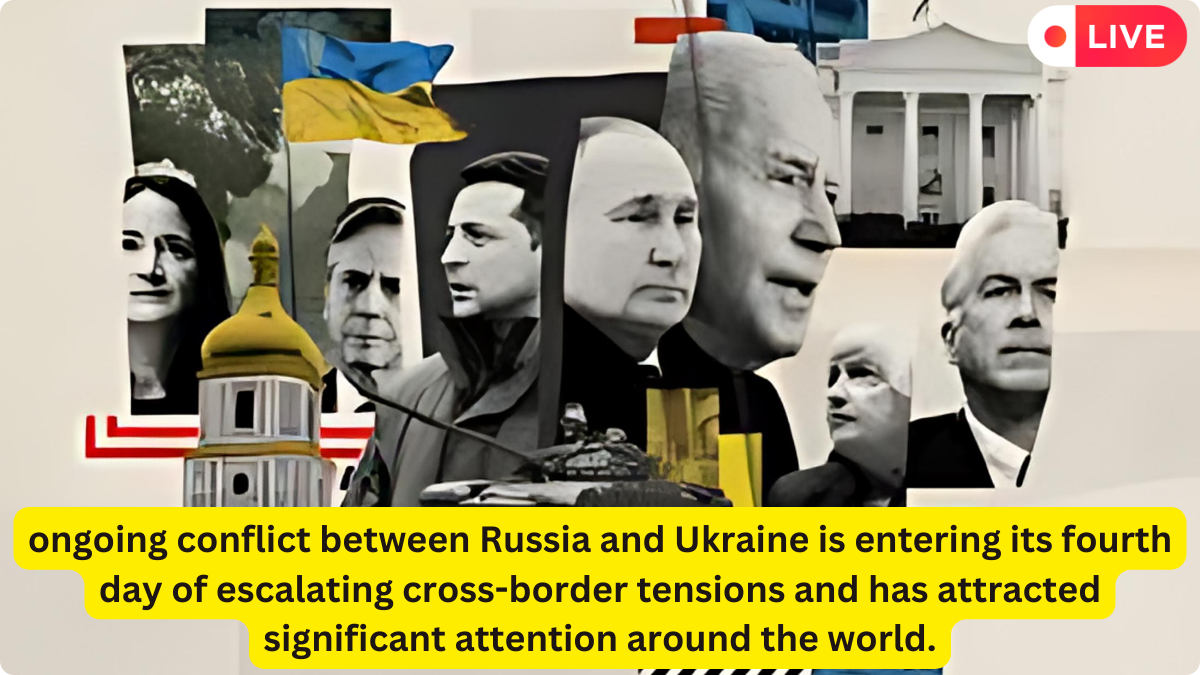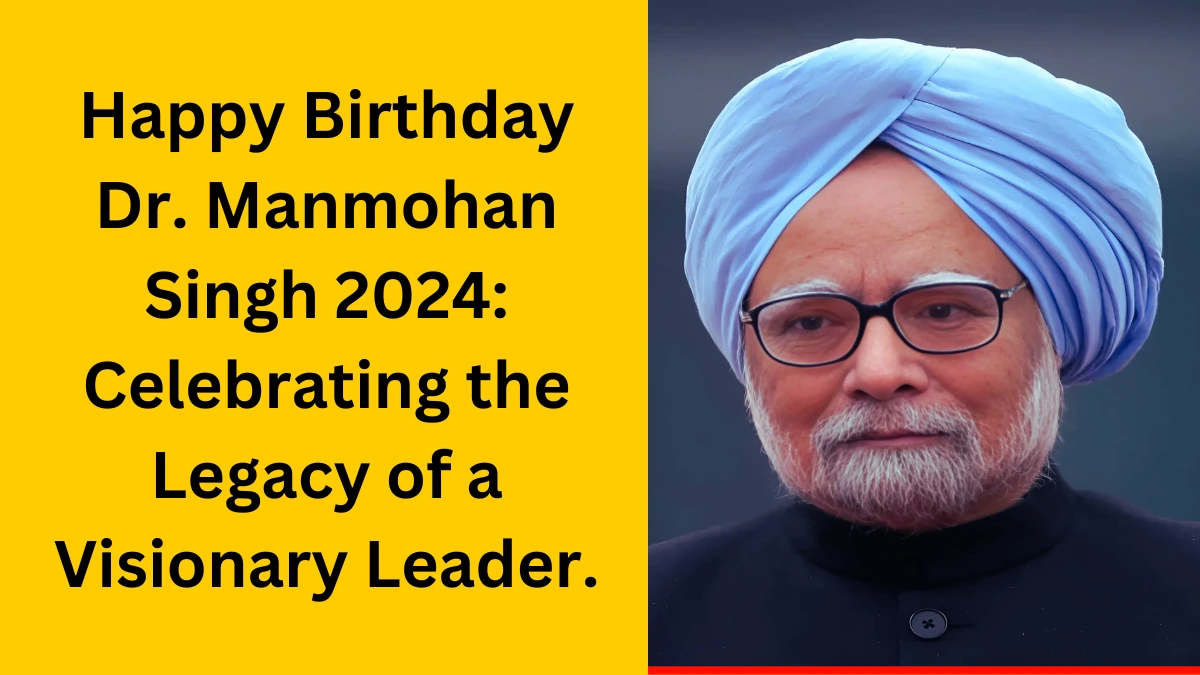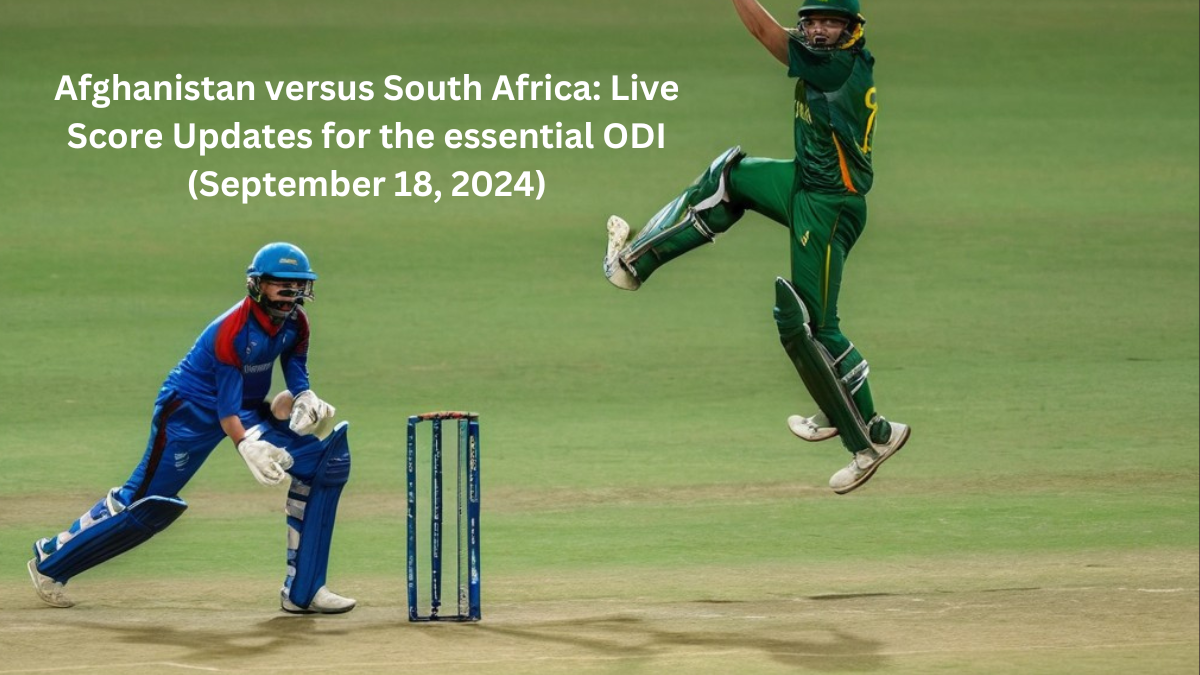ongoing conflict between Russia and Ukraine is entering its fourth day of escalating cross-border tensions and has attracted significant attention around the world. In this blog post, we consider the background to the conflict, the current situation, international reactions, and possible paths towards a resolution. Tensions escalated after Ukraine gained independence following the collapse of the Soviet Union in 1991. Relations between the two countries have been particularly tense since Russia annexed Crimea in 2014, which has led to conflict in the eastern regions of Ukraine, in particular the Ukrainian invasion of Donetsk and Luhansk. Current situation The latest escalation began with a cross-border attack by Ukrainian forces to retake territory and counter Russian advances. Heavy fighting continued into the fourth day of the conflict, resulting in heavy casualties and widespread destruction. Ukrainian Strategy and Objectives Ukraine’s military strategy is focused on regaining control over territories occupied by pro-Russian separatists since the start of the conflict. The main objectives are: 1. Recapture of territory: Ukraine wants to regain control over separatist-occupied territories and restore sovereignty and stability. 2. Deterring Russian Aggression: By projecting military power, Ukraine is trying to deter further Russian aggression and encourage diplomatic negotiations. 3. Strengthening Public Morale: A successful military operation can build trust and unity among Ukrainian citizens and soldiers. Russian Response and Challenges Russia is working to deter Ukrainian aggression but faces several challenges: Excessive military resources: Russian forces are spread across multiple regions, making it difficult to respond effectively to Ukrainian advances. International Pressure: Sanctions and diplomatic pressure from Western countries are forcing Russia to de-escalate the situation. Domestic Opposition: Pressure is mounting due to growing dissatisfaction within Russia with the government’s response to the conflict. International Response The international community is closely monitoring the situation, with several countries expressing concern about the possibility of further escalation and its impact on international stability. Western Allies Western countries, including the United States, the European Union and NATO, have condemned Russia’s actions and expressed strong support for Ukraine’s sovereignty.1. Sanctions and Diplomacy: Economic sanctions are targeted at key sectors of the Russian economy to facilitate diplomatic negotiations. 2. Military Aid: Western countries are providing military aid to Ukraine, including weapons, training and intelligence support. 3. Global Impact The conflict has significant global implications, affecting energy markets, international. trade and geopolitical dynamics: 1. Energy Markets: The region is a major hub for energy production and transportation, and any disruption could affect global energy supplies. in Europe. 2. Geopolitical realignment: The conflict is reshaping global alliances as countries reassess their positions in response to the shifting balance of power in Eastern Europe. The humanitarian impact of the conflict has been severe, with civilians suffering the most. Thousands have been displaced and there are widespread shortages of essential items such as food, water and medicines. Displaced people and refugees The conflict has forced many people to leave their homes and seek refuge in neighboring countries.The refugee crisis presents difficulties for receiving nations and aid agencies. Humanitarian Assistance: International organizations are working tirelessly to provide food, shelter and medical assistance to people affected by the conflict Protection of Civilians: For humanitarian organizations operating on the ground, ensuring the safety of civilians continues to be their first priority.The Path to Solutions As the conflict continues, finding solutions remains difficult, but essential Although all parties have indicated a desire to communicate, there are still major barriers in the way.Ceasefire and Negotiations Achieving a ceasefire and beginning serious negotiations are essential steps towards resolving the conflict. Key efforts include: Long-Term Solutions A lasting solution requires addressing the underlying issues that gave rise to the conflict. Conclusion The conflict between Russia and Ukraine poses a major challenge for both countries and the international community, and as tensions across the border persist, finding a diplomatic solution that ensures peace and stability is of utmost importance. The international community must continue its efforts to find a peaceful solution, prioritizing the safety and well-being of civilians. Continued engagement and support for the dialogue is essential to achieve a sustainable and lasting peace and a better future for Ukraine and the entire region.
Hot News
About
मिलिए अनुभवी पत्रकार कुलदीप कुमार से जो सटीक और नवीनतम समाचार प्रदान करने के लिए समर्पित हैं। अपनी विश्वसनीयता और मजबूत नैतिक मानकों के लिए जाने जाने वाले, उन्होंने अपने पूरे करियर में कई विषयों को कवर किया है। कुलदीप ने राजनीति, खेल, मनोरंजन और प्रौद्योगिकी सहित कई विषयों को कवर किया है। उनका लक्ष्य ऐसी खबरें पहुंचाना है जो सूचित और सशक्त बनाती हैं पाठकों को महत्वपूर्ण घटनाओं और मुद्दों से अपडेट रहने में मदद मिलती है।
Recent Post
- All Post
- Blog
- Back
- SARKARI JOBS
- FINANCE
- HEALTHCARE
- TECHNOLOGY AND GADGETS
- EDUCATION
- AUTOMOTIVE
- HOME IMPROVEMENT
- LUXURY GOODS
- SPORT
- Entertainment
- news
© 2024 Created with TRENDYTOPIC.IN



